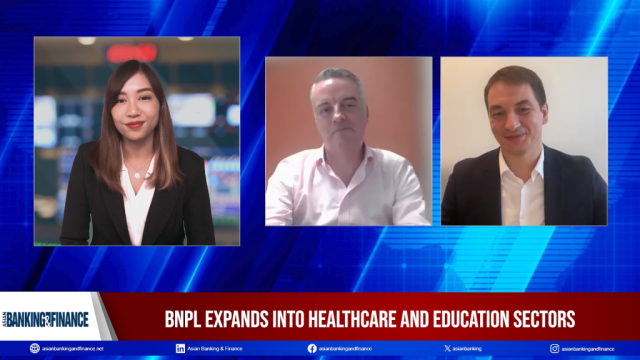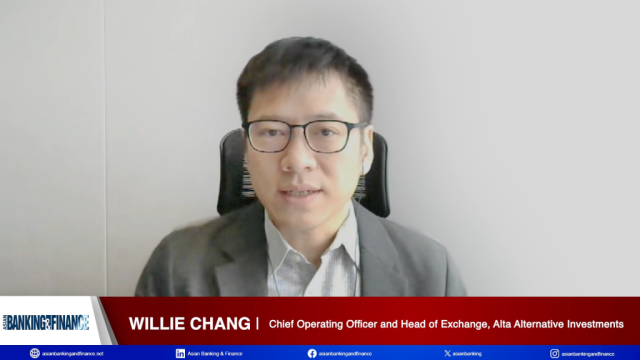
Thai banks now seeing the strongest earnings cycle in 20 years
Find out what drives the growth.
According to Nomura, Thai banks posted a 0.3% m-m increase in Jan-13; loans were up 13% yy. January is seasonally a weak month for the banks. This is in-line with Nomura's 2013F growth of 14%. The retail segment remains the key driver of growth whilst corporate/SMEs remain relatively weak.
Here's more from Nomura:
Our view continues to be that these trends reverse in 2013, supported by strong underlying investment indicators (eg, contractor backlogs up 5x since 2010). Asset quality indicators were also stable in Jan-13 with accrued interest to loans falling from 0.22% to 0.18% y-y and foreclosed assets to loans down from 1.08% to 0.78% y-y.
Our view is that net interest margins begin recovering for the Thai banks in 2013F having been under pressure since 2008. Rising corporate bond spreads and evidence that the state banks are (significantly) slowing their loan growth support that view.
The spread on 3yr A-rated corporate bonds (over government bonds) increased to 108bps in Jan-13 from 48bps in Jun-12. This spread fell from 191bps in Dec-03 to a low of 20bps in Oct- 10. Non-commercial state bank loan growth slowed to 12% y-y in Dec-12 from a peak of 24% y-y in Jun-11. Net interest margins for the sector are down from 3.4% in 2008 to 3.0% in 2012. Our view is that they recover to 3,2% by 2015F.
The retail segment remains the strongest growth driver for overall loans whilst corporate and SME growth has been relatively weak; our view is that these trends reverse in 2013F. The charts below show the retail-related banks posting the strongest growth in Jan-13 whilst the corporate/SME focused banks posting relatively weak growth.
Underpinning our view that retail growth slows in 2013F and corporate/SME growth accelerates is the relative cycles these segments have been through. Retail loans to GDP increased to 26% in 2012 from 13% in 1996. This compares with corporate and SME loans which stood at 51% of GDP in 2012 versus 81% in 1996.
Underpinning a corporate and SME loan cycle is a CAPEX cycle from a depressed base. Investment to GDP stood at 23% in 2012, up from 22% in 2010-11 but well below Thailand’s long-term average of 30% since 1980. Several underlying data points suggest a strong investment outlook. Order books at Thailand’s 3 largest contractors (ITD TB, CK TB and STEC TB) have increased nearly 5 times since 2010. As mentioned above, business confidence is also running at close to post-1997 highs.























 Advertise
Advertise







